WHAT IS PHOTOJOURNALISM
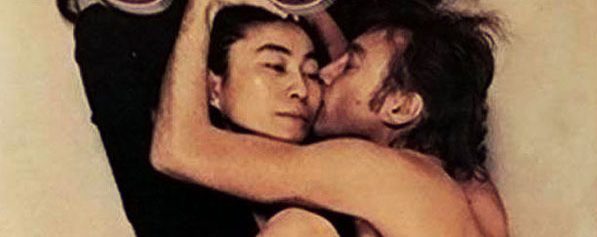
John Lennon and Yoko Ono pose for ©Annie Leibovitz . 1980
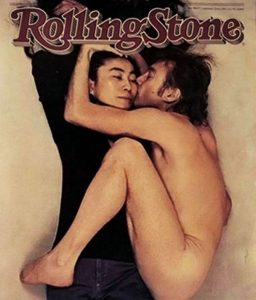
To help tell a story through pictures of an event, news or something of public interest – that’s what I think photojournalism is. It helps the reader understand the story better, plus it adds a visual illustration of what is happening. But today, we have more mediums in which we use photojournalism. Social media uses photojournalism every day to tell news and appeal to a younger audience that might not find long story articles interesting.
Photojournalism distinguishes itself from documentary photography and street photography because it’s focused more on news. Although some photo assignments do require you to visit a person several times, for the most part it’s a day to day thing. A photojournalist covers hard news as well as feature story assignments unlike a documentary photographer that stays long periods of time with a person or group.
Photojournalist like Annie Leibovitz have several ways they make a living. Leibovitz not only shot for Rolling Stone Magazine and Vanity Fair, but she has also published photography books. Such books include Women (1999) and American Music (2003). In 2006 the Brooklyn Museum of Art presented a retrospective called Annie Leibovitz: A photographer’s Life, 1990-2005. If a photojournalist has successful and popular front page photos, the prints can become extremely popular and people might want to buy them. For example, a signed book of Leibovitzs’ photos, including one of John Lennon and Yoko Ono is selling on EBay for $1,500. Other photojournalist in our area make side money by selling photos at galleries and shooting graduations, weddings, sweet 16s portraits etc. Another way to make a living off photography is to be represented by a photography agency. Annie has been represented by two photo agencies; Since 1977 she has been represented by Contact Press Images and in 2009 she began to be represented by Jim Moffat from Corporation for Art and Commerce. Photo agents are important because they are the businessmen behind a photographers’ talent. They do everything from negotiations to marketing and sales management. They can also run social media for the photographers they represent and open new doors in either publications or galleries.
Although we see photojournalism every day, and some might see it as a “modern way” to tell news (since everyone rather look at photos), the Golden Age for Photojournalism goes back to the 1930s. The invention of the first 35mm Leica camera made it easier for photographers take their cameras everywhere and capture photos that help tell the news. The Golden Age of photojournalism lasted through the 1950s. Photographers such as Martin Munkácsi, Henri Cartier-Bresson and Erich Salomon were all highlighted photojournalist of the Golden Age.
Today I mostly get my news and look at photojournalism though El Paso Times, CNN, USA Today and the newly added ones to my list, Albuquerque Journal and the Las Cruces Sun. I also read Rolling Stone, Time and National Geographic magazines. Photojournalist like Mark Lambie form El Paso Times do an excellent job of telling a story through photos. I especially like Lambie because not only are his photos news, but also creative. Every time I see him I have a million questions on photos I saw published on the Times.
I also look up to Tony Hallas, an astrophotography photographer. His long exposures of the Milky Way and Nebulae across the universe fascinate me and inspire to do the same. Although not really a photojournalist, Hallas motivated me to want to do something with journalism, photojournalism and astronomy. Most of what I have learned from photography has been through astrophotography and shooting at night. It gives me the chance to be more creative with lights, strobes, reflecting light off of people and light painting. Although that’s more of the artistic part in photography that I like, I hope to find a job writing and shooting for Nasa, Nat Geo or anything to do with nature and the outside world.
Sources: ndsu.edu, rollingstone.com and an article from independent.co.uk
Photos: Twitter.com (Mark Lambie) and hollydarjeeling.wordpress.com
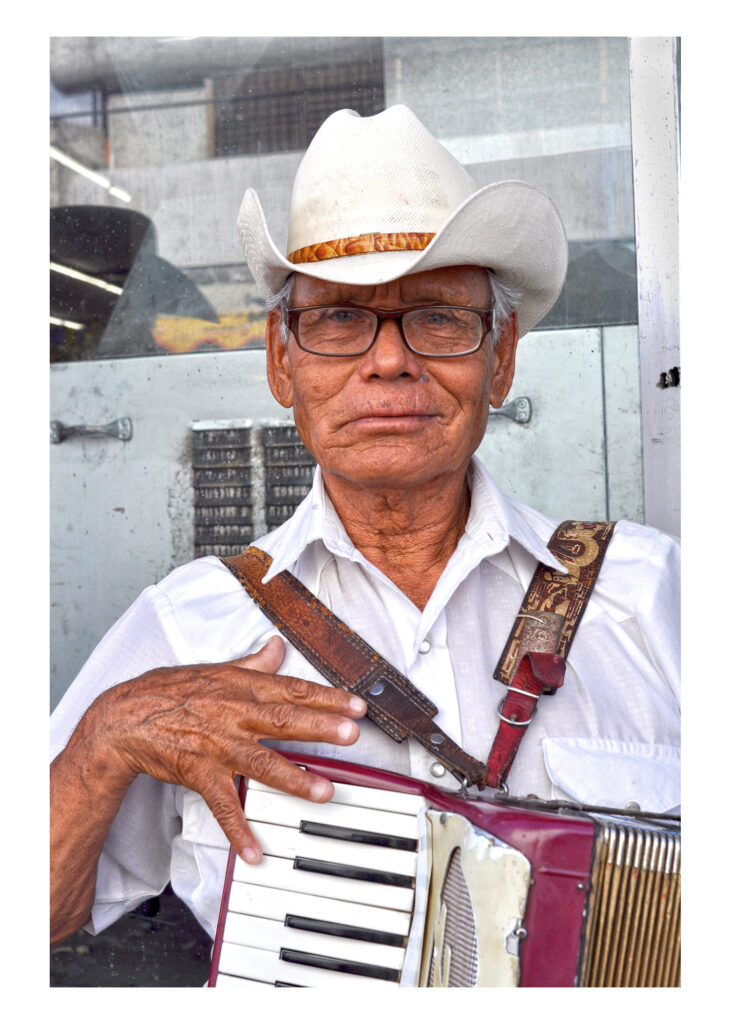
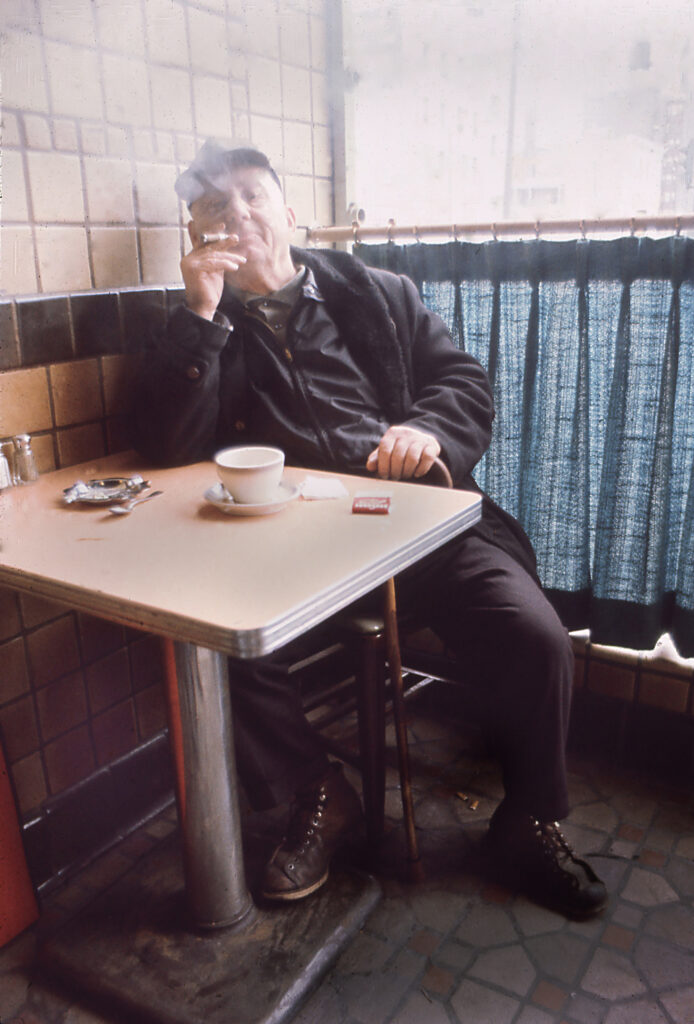

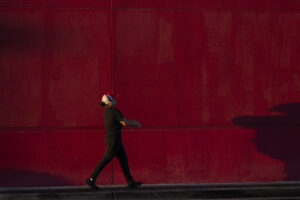


Just choose one photographer.
What are the challenges and uses of astro-photography?
You cite Mark Lambie (on Twitter) as a source. What did he provide to this paper?